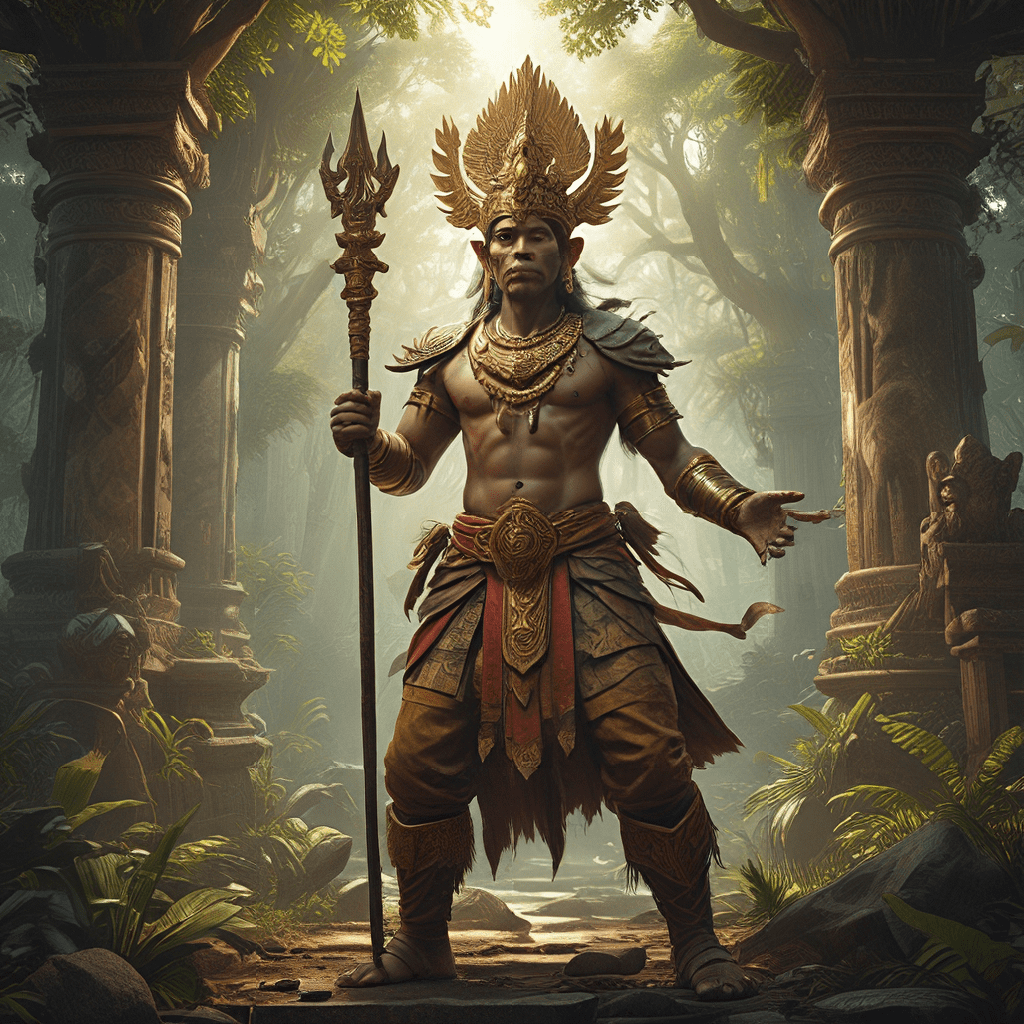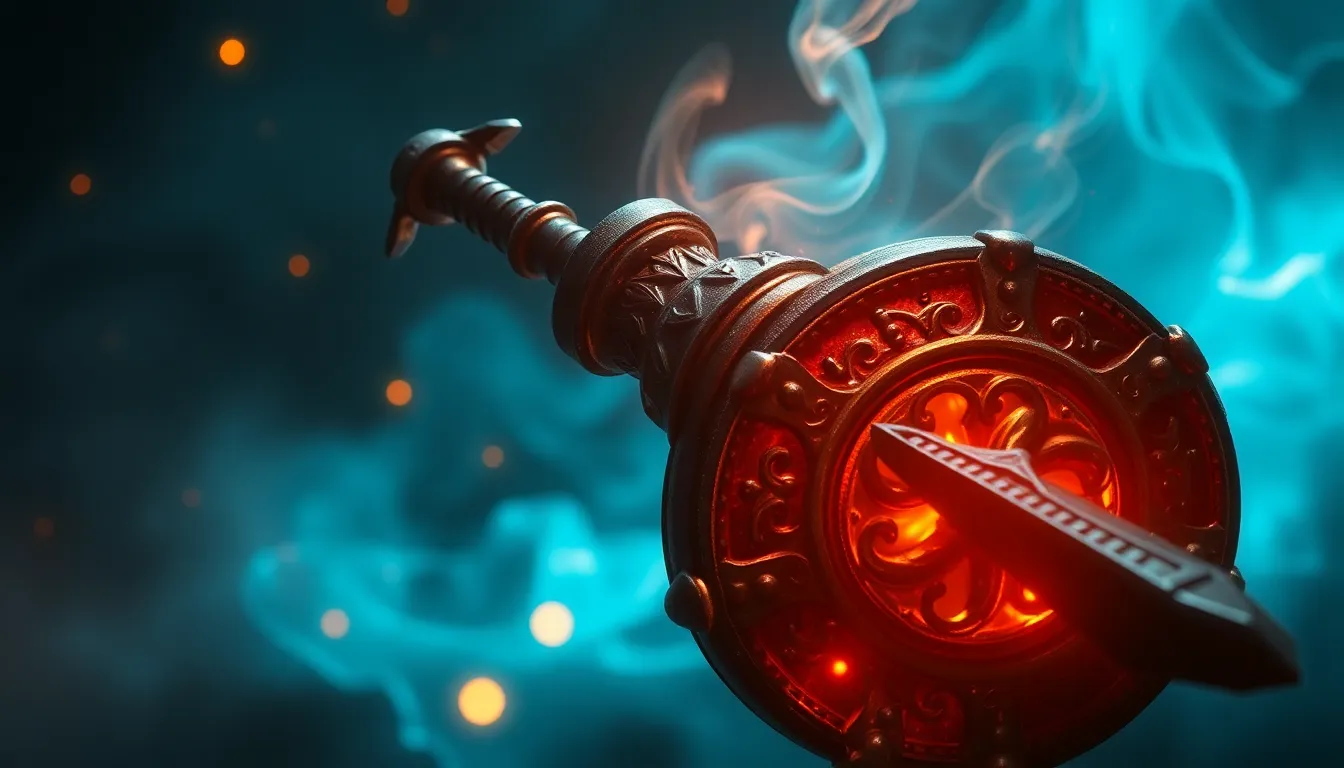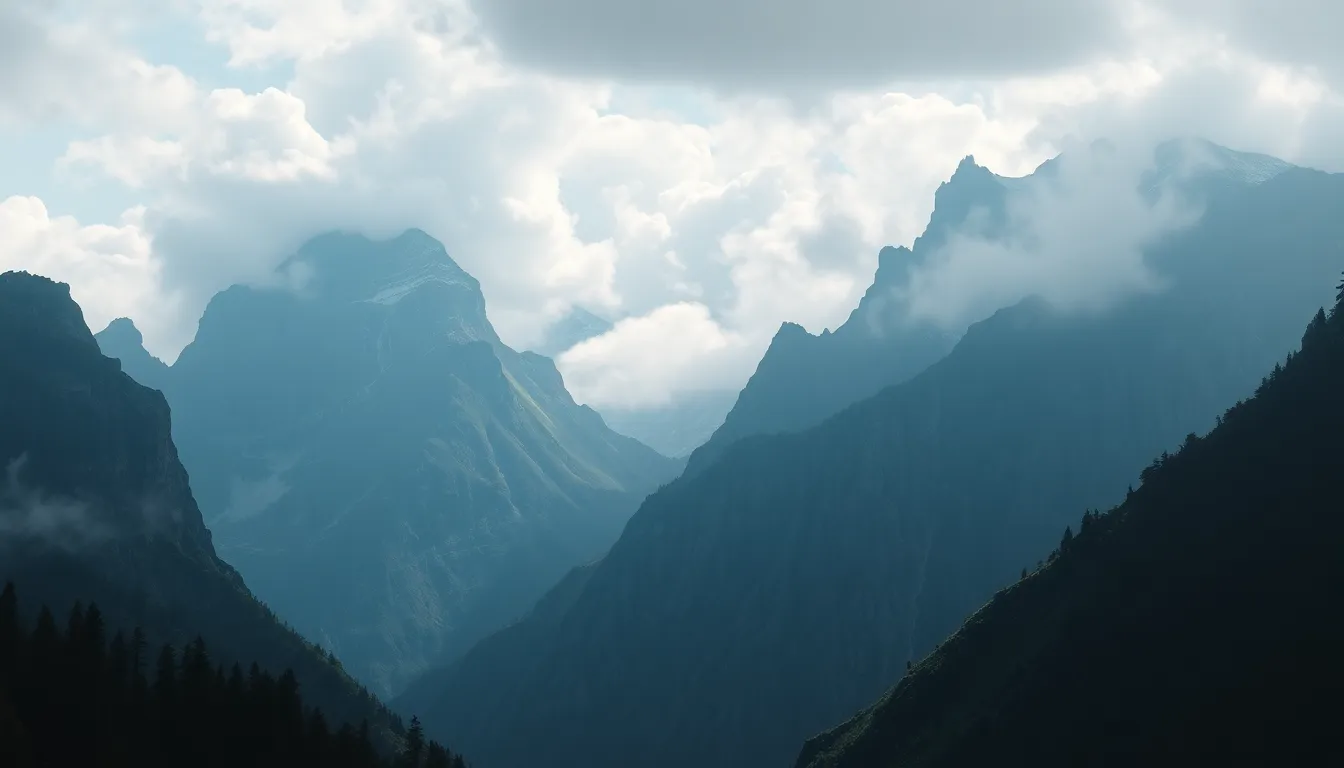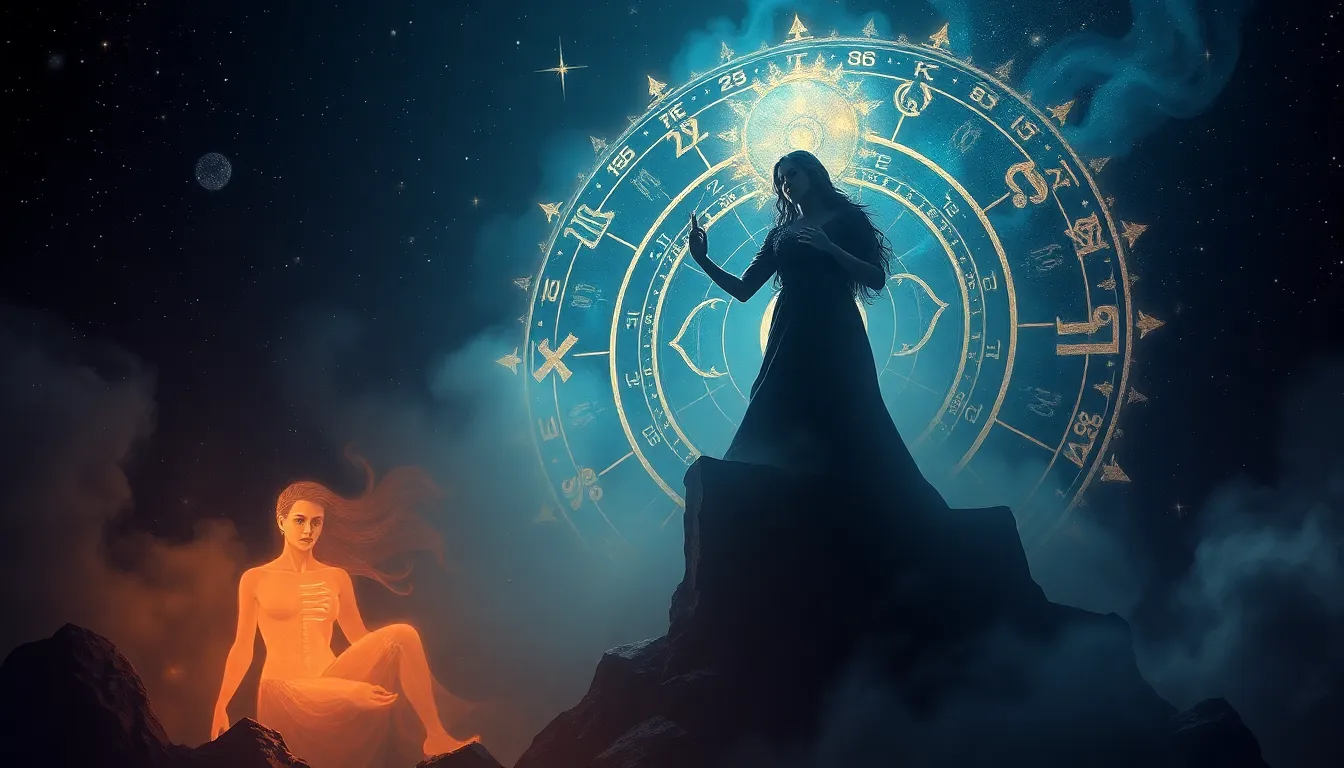The Rich Tapestry of Indonesian Mythology
Indonesian mythology is a vibrant tapestry woven from the diverse cultural influences and geographic landscapes that make up this archipelago nation. From the lush rainforests of Sumatra to the volcanic peaks of Java, each region boasts its own unique collection of myths, legends, and folktales. These stories have been passed down through generations, shaping the beliefs, values, and traditions of the Indonesian people.
The origins of Indonesian mythology can be traced back to ancient Hindu and Buddhist influences, which arrived in the region centuries ago. These religions brought with them a rich pantheon of deities, mythological creatures, and epic narratives that were readily adopted and integrated into existing local beliefs. Over time, these influences intertwined with indigenous traditions, resulting in a distinct and fascinating mythological landscape.
Indonesian mythology is also deeply connected to the natural world. The vast and varied geography of the islands, from towering mountains and dense forests to sparkling seas and fertile rice paddies, provides a source of inspiration for countless myths and legends. The stories often feature animals, plants, and natural phenomena, reflecting the deep reverence and respect that Indonesians hold for their environment.
A Realm of Deities and Demigods
Indonesian mythology is populated by a diverse cast of deities, demigods, and mythical creatures, each with their own distinct characteristics and roles in the cosmic order.
One of the most prominent deities is Batara Guru, the supreme god of the Hindu pantheon, often depicted as a powerful and just ruler. He is associated with the sky, thunder, and lightning, and is often depicted riding a white bull.
Batara Kala, a powerful demon, is a prominent figure in many Indonesian myths. He is known for his insatiable hunger and his attempts to disrupt the cosmic order. In some stories, he is depicted as a monstrous being with a gaping maw, while in others, he takes on a more human form.
Other important deities include Dewi Sri, the goddess of rice and fertility, who is revered for her role in ensuring bountiful harvests; Sang Hyang Tunggal, the embodiment of the supreme spiritual force; and the guardian spirits known as "dewata," who are believed to protect specific locations and individuals.
The realm of Indonesian mythology also includes a wide array of mythical creatures, such as the garuda, a mythical bird-like creature with a human face, often depicted as the mount of Vishnu; the naga, a serpent-like dragon with supernatural powers; and the kera, a mischievous monkey often associated with trickery and cunning.
Quests for Knowledge and Power
Quests and adventures are recurring themes in many Indonesian myths and legends. These stories often explore the desire for knowledge, power, and the pursuit of personal growth and transformation.
Heroes and heroines in these tales embark on perilous journeys, facing challenges that test their courage, strength, and intelligence. They may seek to retrieve a magical artifact, defeat a powerful enemy, or gain access to forbidden knowledge. These quests often involve encounters with supernatural beings, mythical creatures, and challenging trials that push the limits of human endurance.
The motivations for these quests vary. Some heroes are driven by a desire to protect their people from harm, while others seek personal glory or the fulfillment of a destiny prophesied by the gods. Regardless of their motivations, these adventurers often acquire valuable knowledge, skills, or wisdom along the way, transforming them into wiser and more powerful individuals.
Epic Tales of Heroism and Sacrifice
Indonesian mythology is rich in epic tales that celebrate the heroic deeds and sacrifices of legendary figures. These stories offer valuable insights into the ideals and values of the Indonesian people, highlighting concepts such as courage, loyalty, honor, and selflessness.
One of the most famous epics is the story of Batara Kala, who, despite his villainous nature, embodies the concept of relentless ambition and pursuit of power. His attempts to overthrow the cosmic order, although ultimately thwarted, serve as a cautionary tale about the dangers of unchecked desire and the importance of maintaining balance.
Another iconic figure is Sang Hyang Tunggal, the embodiment of the supreme spiritual force. He is said to have created the world and all its inhabitants, and his story serves as a reminder of the interconnectedness of all beings and the importance of respecting the natural world.
These epic tales are passed down through generations, inspiring generations of Indonesians to strive for excellence, embrace their cultural heritage, and make sacrifices for the greater good. They serve as a reminder of the enduring power of stories to shape our values and inspire our actions.
Myths of Creation and the Origin of the World
Indonesian creation myths offer diverse perspectives on the origins of the universe, humanity, and the natural world. Each region has its own unique stories, reflecting the diverse cultural influences and beliefs that have shaped the Indonesian archipelago.
One common theme in many creation myths is the emergence of the world from a primordial ocean. This concept is often associated with the Hindu deity Vishnu, who is believed to have emerged from the cosmic ocean and created the universe.
Other myths describe the creation of the world through the actions of various deities, such as the sky god Batara Guru or the earth goddess Dewi Sri. These stories often involve the separation of heaven and earth, the creation of mountains and rivers, and the emergence of the first humans.
The creation myths of different regions often reflect the specific environmental and cultural characteristics of those areas. For example, stories from coastal regions might feature sea deities and mythical creatures, while those from mountainous regions may emphasize the importance of volcanic activity or the symbolism of towering peaks.
The Influence of Nature and the Supernatural
Indonesian mythology is richly woven with the threads of nature and the supernatural. The stories are steeped in the belief that the natural world is alive with spirits and deities, each possessing unique powers and influencing the lives of humans. The lush rainforests, towering mountains, volcanic peaks, sparkling seas, and fertile rice paddies all hold significance in these myths, serving as both the backdrop and the source of inspiration for countless tales.
Forests are often seen as sacred spaces, home to powerful spirits and mythical creatures. Trees are revered as ancient guardians, harboring the souls of ancestors or serving as conduits for spiritual energy. The sounds of the forest, the rustling leaves, the chirping of birds, and the gurgling of streams, are all interpreted as signs and messages from the supernatural realm.
Water, particularly in the form of rivers, lakes, and seas, is another crucial element in Indonesian mythology. It is seen as a source of life, cleansing, and transformation. Water deities are often revered, and rituals involving water are common, signifying connection to the spiritual realm.
Volcanoes, with their dramatic eruptions and unpredictable nature, are viewed as both powerful and dangerous. They are often associated with deities or spirits who control the earth's forces, and their eruptions are seen as signs of divine anger or warnings of impending changes.
The creatures of Indonesian mythology, often reflecting the natural world, play diverse roles. Monkeys, with their playful nature and ability to mimic humans, are frequently featured in stories, often representing tricksters or guides. Dragons (naga), serpents (ular), and mystical birds (garuda) are often portrayed as powerful beings with supernatural abilities, representing forces of nature, protectors, or guardians of knowledge.
Rituals and Performances: Preserving the Myths
Indonesian mythology is not merely a collection of static narratives; it is a living tradition that continues to shape the cultural landscape of the archipelago. Rituals and performances serve as vehicles for transmitting these stories across generations, allowing them to remain relevant and vibrant in contemporary life.
Many rituals are rooted in ancient beliefs, aimed at appeasing deities, seeking blessings, or warding off evil influences. Offerings of food, flowers, and incense are commonly presented to spirits and deities, demonstrating respect and seeking their favor. Festivals often incorporate elements of mythology, celebrating deities, reenacting epic tales, or commemorating historical events.
Traditional dance and theatre forms play a crucial role in preserving and transmitting mythology. These performances often depict mythological stories, allowing audiences to experience the tales through music, dance, and dramatic storytelling. The vibrant costumes, intricate masks, and expressive gestures employed in these performances offer a visual and emotional experience that connects audiences to the ancient traditions.
These rituals and performances serve not only as entertainment but also as a powerful tool for fostering cultural identity and preserving the shared heritage of the Indonesian people. By participating in these traditions, individuals connect with their ancestors, reaffirm their cultural values, and ensure the continuity of these cherished stories for future generations.
Modern Adaptations and Interpretations
Indonesian mythology, far from being relegated to the past, continues to inspire and influence modern art, literature, and popular culture. Artists, writers, and filmmakers draw upon the rich tapestry of myths and legends, reinterpreting them in contemporary contexts, reflecting modern concerns and perspectives.
Modern adaptations often use familiar mythological themes, characters, and creatures to explore contemporary issues such as environmentalism, social justice, and the search for identity. For instance, stories about the spirit of the forest might be used to highlight the importance of conservation, while tales of tricksters could be employed to satirize social injustices.
Mythological motifs often find their way into contemporary art, with artists using traditional symbols and imagery to create new expressions. In literature, writers draw upon the ancient stories to create new narratives, exploring themes of power, destiny, and the human condition through a lens informed by Indonesian mythology.
The enduring power of Indonesian mythology lies in its ability to resonate with audiences across generations, offering insights into the human condition and the complexities of the natural world. Through the lens of these stories, people find meaning, inspiration, and a connection to their cultural heritage, ensuring that the rich tapestry of Indonesian mythology continues to weave its way through the present and into the future.
FAQ
- What are some of the most popular Indonesian myths?
- Some of the most popular Indonesian myths include the tale of Batara Kala, the story of Sang Hyang Tunggal, and the legend of the Garudha.
- How is Indonesian mythology similar to other mythologies?
- Like other mythologies, Indonesian mythology often features powerful deities, supernatural creatures, and epic quests for knowledge, power, or the restoration of balance.
- How is Indonesian mythology unique?
- Indonesian mythology is unique in its blend of Hindu, Buddhist, and indigenous influences. It is also deeply connected to the natural world, reflecting a profound respect for the environment and its spiritual significance.
- How does Indonesian mythology affect the daily lives of Indonesians?
- Indonesian mythology shapes the values, beliefs, and traditions of Indonesians. It influences rituals, performances, art, and literature, providing a sense of cultural identity and connection to the past.
- How is Indonesian mythology being preserved?
- Indonesian mythology is being preserved through the ongoing practice of traditional rituals, performances, and festivals. Additionally, modern artists, writers, and filmmakers are reinterpreting these stories in contemporary contexts, ensuring their relevance for new generations.




